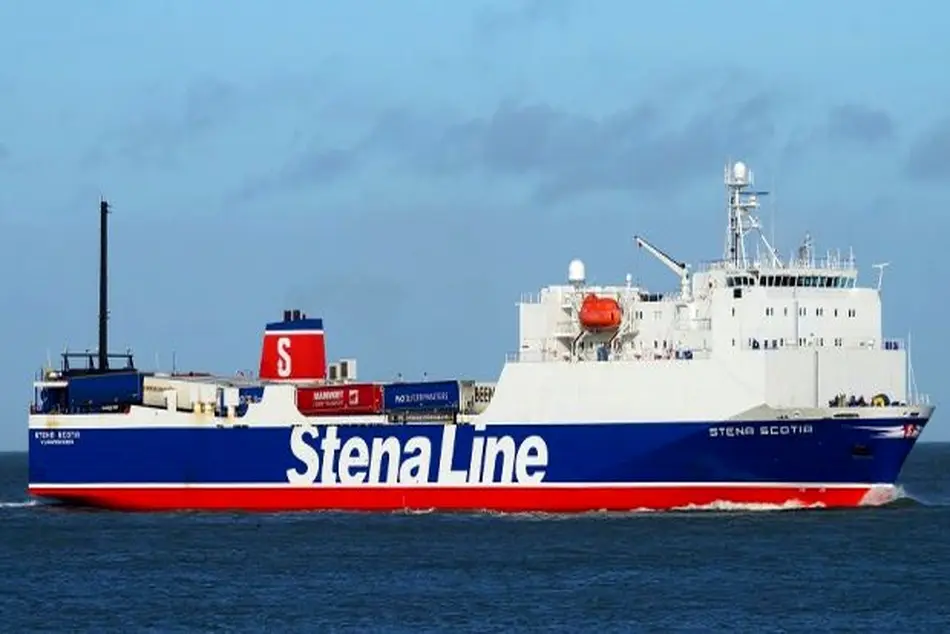Stena Line expects fuel savings from ABB’s upgraded software
ABB said that its upgraded vessel control software package is delivering the measurable operational efficiency gains promised to StenaLine for the freight ferry Stena Scotia within a month of commissioning.

ABB said that its upgraded vessel control software package is delivering the measurable operational efficiency gains promised to StenaLine for the freight ferry Stena Scotia within a month of commissioning.
”The ‘DEGO IV’ advanced speed governor and actuation system onboard has been enhanced so that control over the vessel’s propulsion system minimizes roll and rudder movements, delivering a new way of saving fuel while also improving crew comfort.” ABB declared.
According to the company, the fourth generation DEGO software collates data from sensors monitoring 60 shipboard parameters in real time, including engine performance (rpms, scavenge air pressure, fuel use, etc.), propeller performance (pitch, slip, torque and power), rudder/vessel centre of gravity torque and navigational information. In an advance on previous versions, DEGO IV uses this data to model a control strategy to minimize ship roll, adjusting to changing sea or ship conditions by simulating the next two roll periods to optimize roll damping against fuel consumption on a predictive basis.
The 120-trailer capacity, twin-propeller Stena Scotia is deployed in daily Ro-Ro services between Rotterdam and Killingholme in the UK.
Dick van der Ent, Energy Efficiency Manager at Stena Line BV, says: “For us it is important to minimize the daily fuel consumption and related emissions. ABB guaranteed us a minimal saving potential of 3% when utilizing the latest generation of the DEGO system.”
Part of a broad range of energy optimization tools offered to the maritime industry by ABB, the efficiency gains available using the DEGO system depend on ship type, sea conditions and the type of autopilot used. ABB claims that the first installations of DEGO IV, made across 10 vessels, have indicated fuel saving potential in the range of 5-7%, with roll reduction between 20-40% and rudder reduction of 15-60%.



